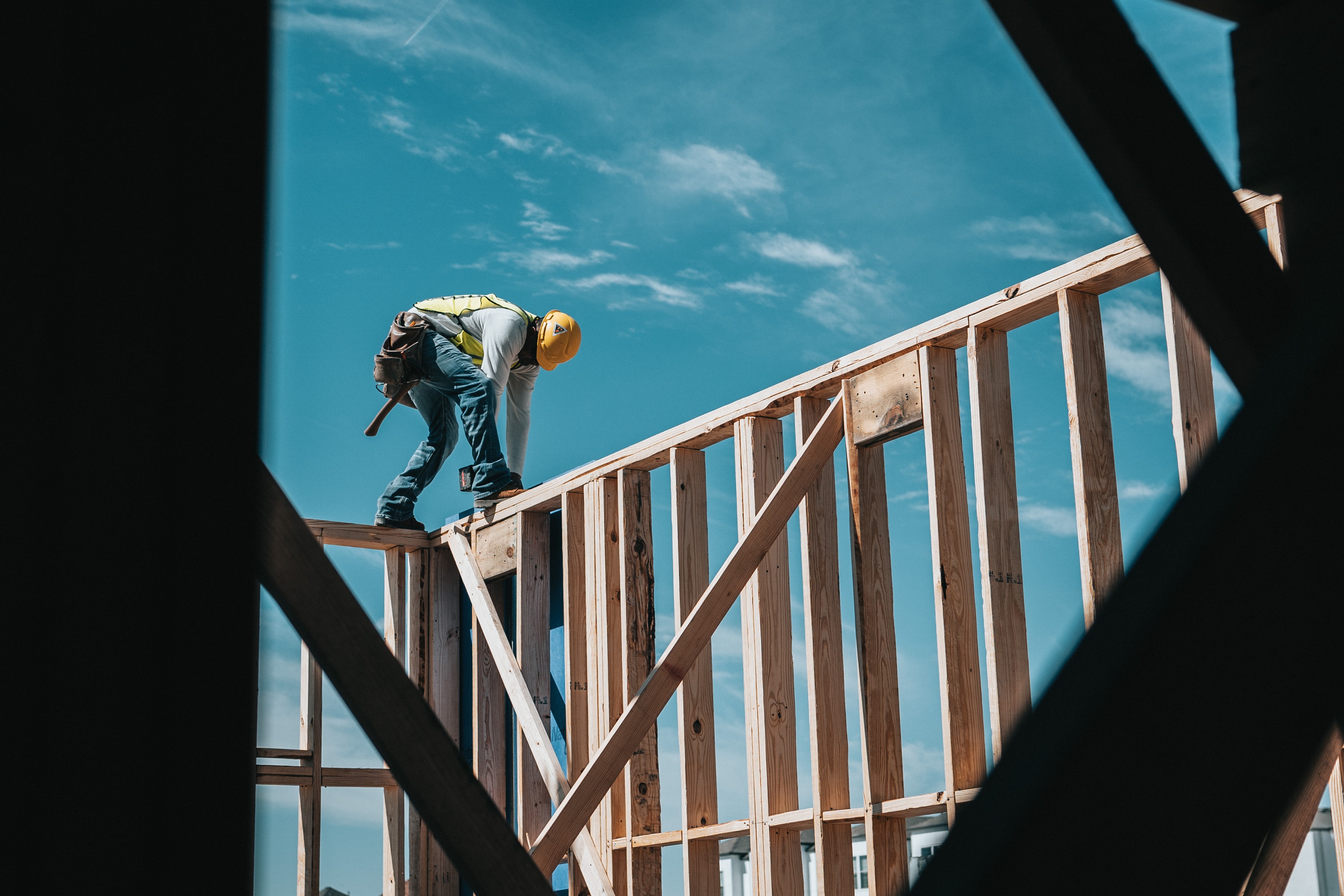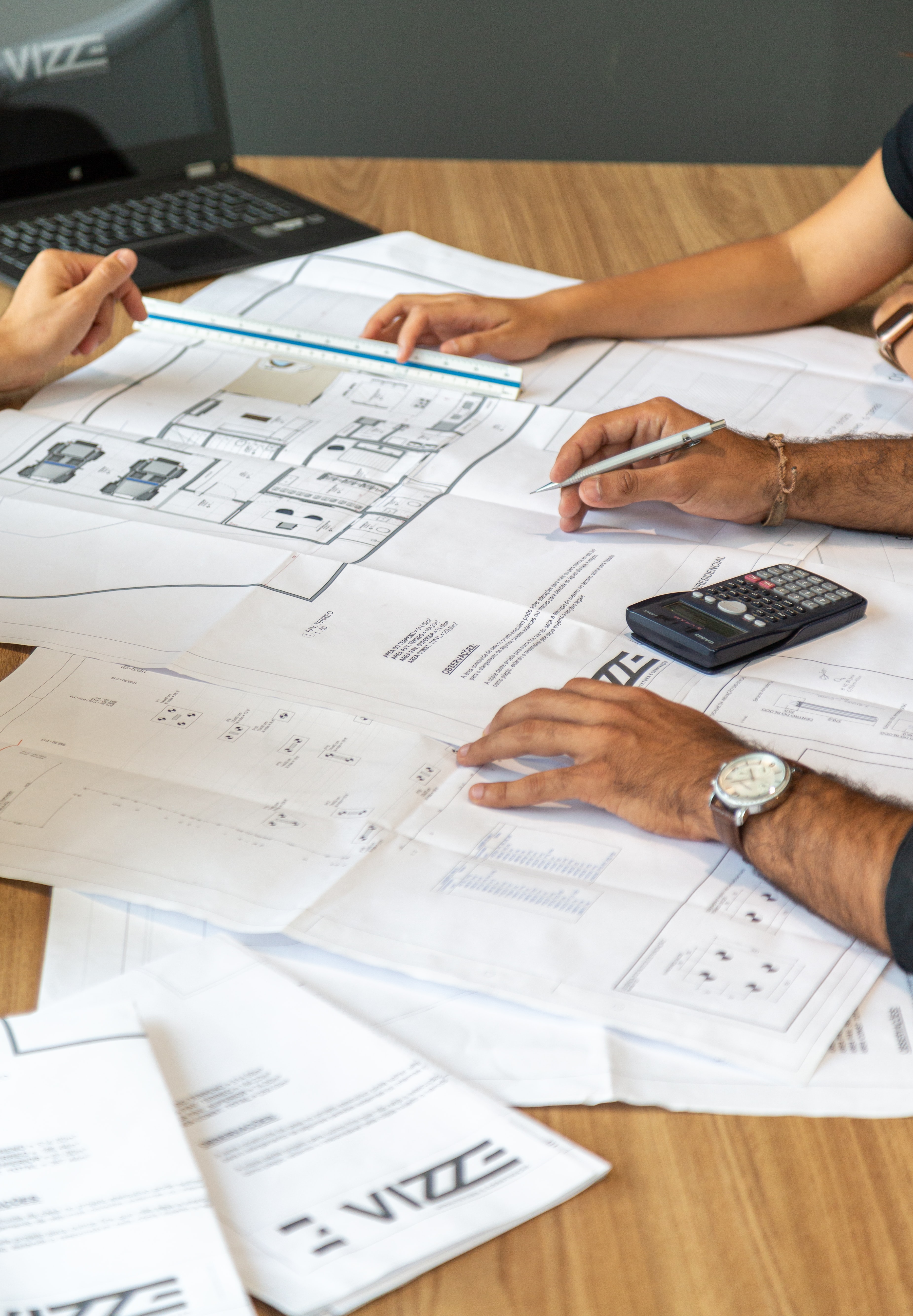Flexibility
Construction Loans have Interest Only payments during the construction
period, meaning your repayments are
lower throughout this time.
Convenience
You can make additional payments into your Construction Loan at any
time.
This reduces your loan balance and
means you may pay less interest.
Build in stages
Building a property or undertaking major renovations is a big project,
so
it’s important you know what to expect at each stage. Construction Loans give you the flexibility to
draw
down
the loan at various stages of the build (also known as Progress Payments). Your Progress Payment
Schedule
will
typically have 5-6 stages during the construction period.




